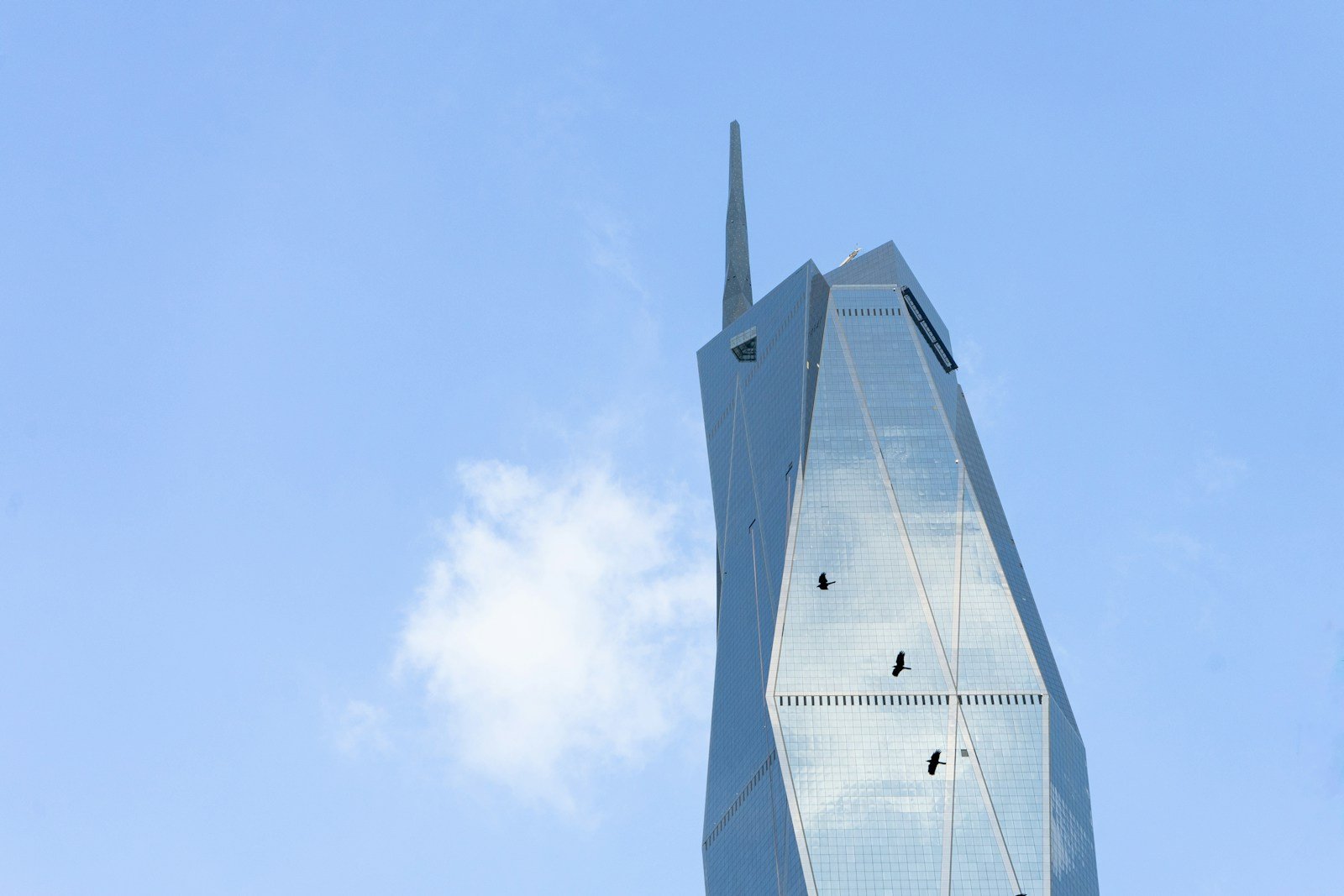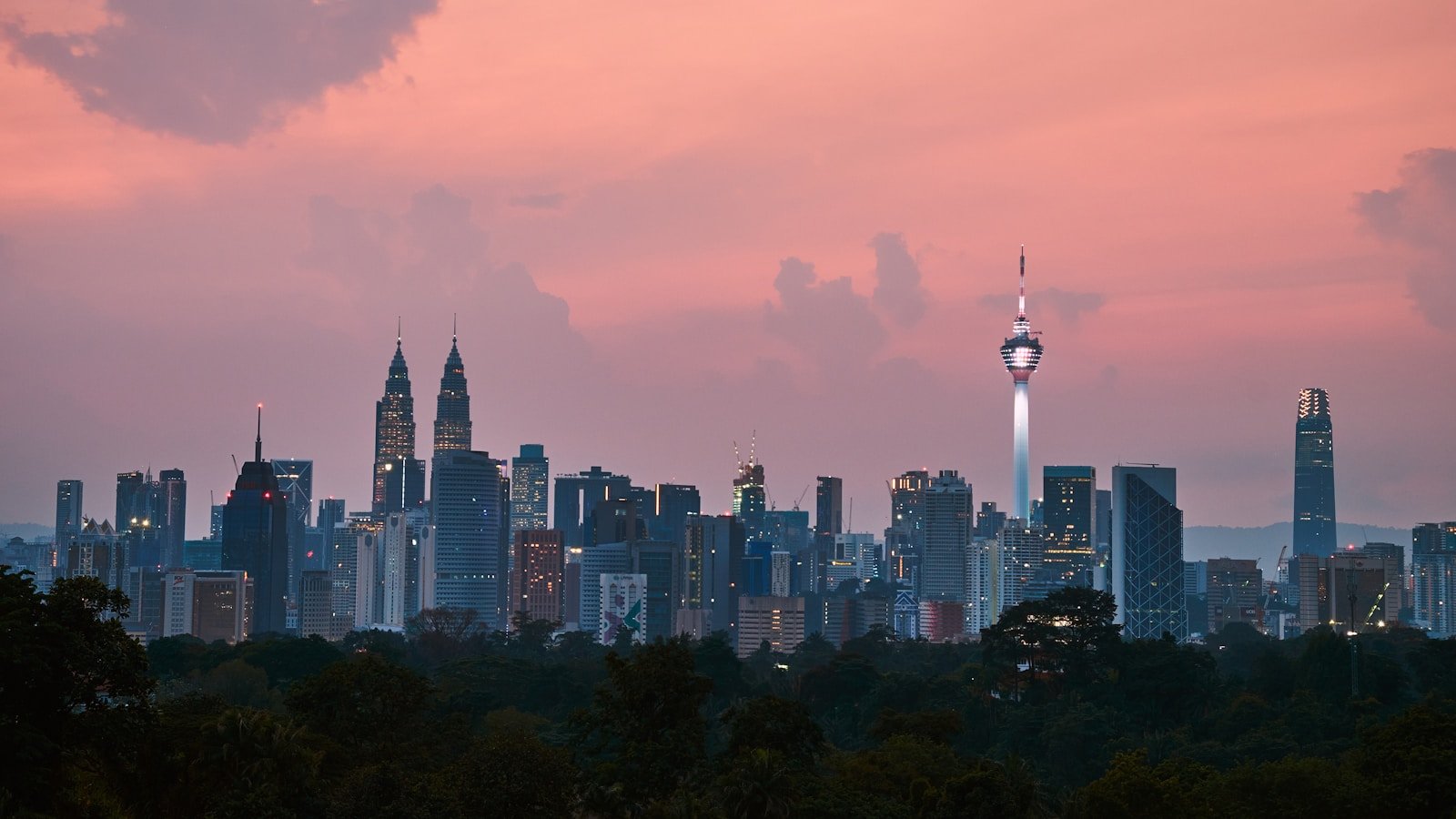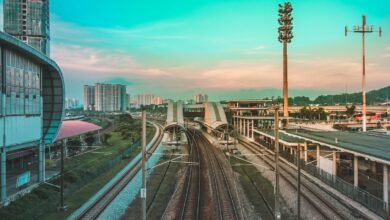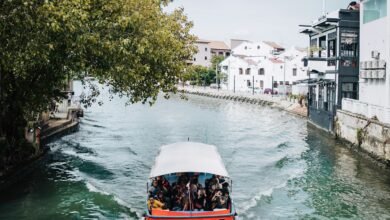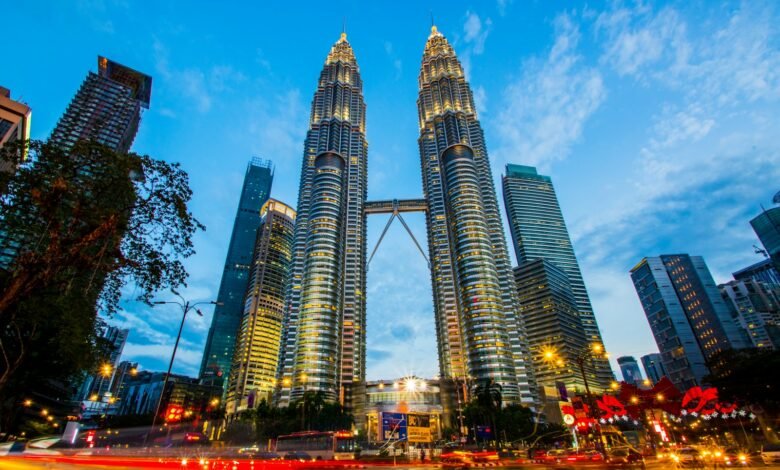
Malaysia is home to some of the most iconic and breathtaking skyscrapers in the world, each standing as a symbol of the country’s rapid growth, innovation, and modernity. Among these architectural marvels, Merdeka 118, KL Tower, and the Petronas Twin Towers stand tall, offering visitors not only panoramic views of Kuala Lumpur but also a glimpse into Malaysia’s architectural ambition and cultural identity.
Merdeka 118: A New Symbol of Malaysian Pride
At a staggering height of 678.9 meters, Merdeka 118 is set to become the second tallest building in the world, surpassed only by the Burj Khalifa in Dubai. Once completed, this monumental skyscraper will redefine Kuala Lumpur’s skyline and stand as a symbol of Malaysia’s bright future.
The Design and Vision
Merdeka 118 derives its name from the Malay word “merdeka” (meaning independence), as it is located near Stadium Merdeka, the historic site where Malaysia declared its independence in 1957. The building’s design draws inspiration from the image of Tunku Abdul Rahman, Malaysia’s first Prime Minister, raising his hand to shout “Merdeka!” The spire-like top of the building reflects this gesture, symbolizing the country’s rise to freedom and progress.
Merdeka 118 will house a mix of residential, commercial, and hotel spaces, along with observation decks offering 360-degree views of Kuala Lumpur. The building’s sleek, geometric design, with its glass façade and towering pinnacle, reflects modern architectural trends while paying homage to Malaysia’s history.
Once completed, Merdeka 118 will be a hub of activity, attracting tourists, businesses, and cultural events, making it one of the most significant landmarks in Malaysia.
KL Tower: A Towering Beacon of Communication and Tourism
The Kuala Lumpur Tower, commonly known as KL Tower, is one of the tallest telecommunications towers in the world, standing at 421 meters. While its primary function is as a communication tower, KL Tower has also become a major tourist attraction, offering one of the best views of the city.
The Observation Deck and Revolving Restaurant
The KL Tower’s Observation Deck, located 276 meters above the ground, provides visitors with stunning views of Kuala Lumpur’s skyline, including the iconic Petronas Twin Towers and the surrounding cityscape. Unlike most observation decks, KL Tower offers an open-air experience, allowing visitors to feel the wind and take in the unfiltered view.
For those looking for a unique dining experience, the Atmosphere 360 restaurant, located in the tower’s revolving section, offers diners the chance to enjoy a meal while slowly rotating 360 degrees, providing ever-changing views of the city below. The restaurant is a popular spot for romantic dinners and special occasions, combining fine dining with breathtaking views.
Base Jumping and Cultural Significance
KL Tower is also famous for its annual base jumping event, where extreme sports enthusiasts leap off the tower’s upper levels with parachutes, making it one of the most adrenaline-pumping events in the city.
The tower is located in the Bukit Nanas Forest Reserve, one of the oldest forest reserves in Malaysia, making it a unique blend of nature and modernity. Visitors can also explore the KL Tower Mini Zoo and the Blue Coral Aquarium at the base of the tower, adding more family-friendly attractions to this iconic structure.
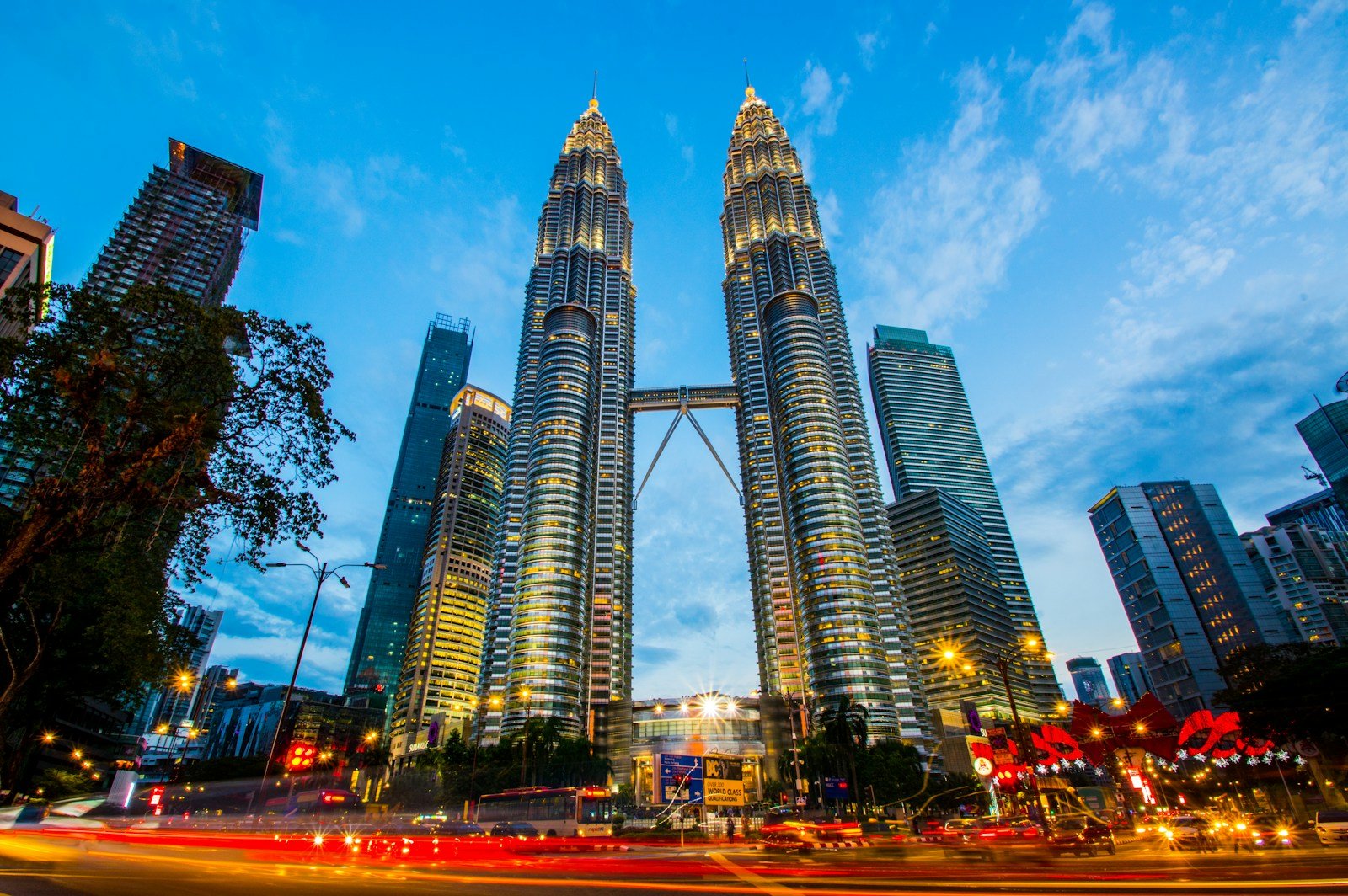
Petronas Twin Towers: The Symbol of Malaysia’s Modernity
Perhaps the most recognizable symbol of Malaysia, the Petronas Twin Towers were once the tallest buildings in the world and remain the tallest twin towers globally. Standing at 452 meters with 88 stories, the towers are an architectural masterpiece that has become synonymous with Kuala Lumpur’s skyline.
The Design and Structure
Designed by Argentine architect César Pelli, the Petronas Towers’ architecture is inspired by Islamic art and culture, which is reflected in their geometric design. The towers’ cross-sectional shape is based on an eight-pointed star, a common motif in Islamic architecture, and their sleek glass and steel façade symbolizes Malaysia’s forward-looking, high-tech ambitions.
The Skybridge, which connects the two towers on the 41st and 42nd floors, is a major highlight for visitors. It is the highest two-story bridge in the world and offers stunning views of the city while providing a unique opportunity to walk between the two towers. This engineering marvel is not only functional, allowing movement between the towers, but also adds to the visual appeal of the structure.
The Observation Deck and KLCC Park
The Observation Deck on the 86th floor offers panoramic views of Kuala Lumpur, providing visitors with a spectacular vantage point to admire the city’s skyline, mountains, and the bustling streets below. The experience is enhanced by interactive displays and exhibits that provide insight into the construction and history of the towers.
At the base of the towers lies the Suria KLCC Mall, one of Kuala Lumpur’s premier shopping destinations, along with the beautifully landscaped KLCC Park, which features a large fountain, jogging tracks, and a children’s playground. The park provides a serene green space in the heart of the city, offering a peaceful escape amidst the towering skyscrapers.
Conclusion: Malaysia’s Skyscrapers as Symbols of Ambition and Progress
Merdeka 118, KL Tower, and the Petronas Twin Towers are more than just architectural landmarks; they are symbols of Malaysia’s ambition, growth, and cultural pride. Each tower has its own unique significance—whether it’s the towering height of Merdeka 118 representing Malaysia’s future, the communication power of KL Tower, or the Petronas Twin Towers standing as a beacon of Malaysia’s economic rise.
These skyscrapers not only dominate the Kuala Lumpur skyline but also offer visitors the chance to experience the city from new heights, providing breathtaking views, cultural experiences, and a deeper connection to Malaysia’s past and future.
